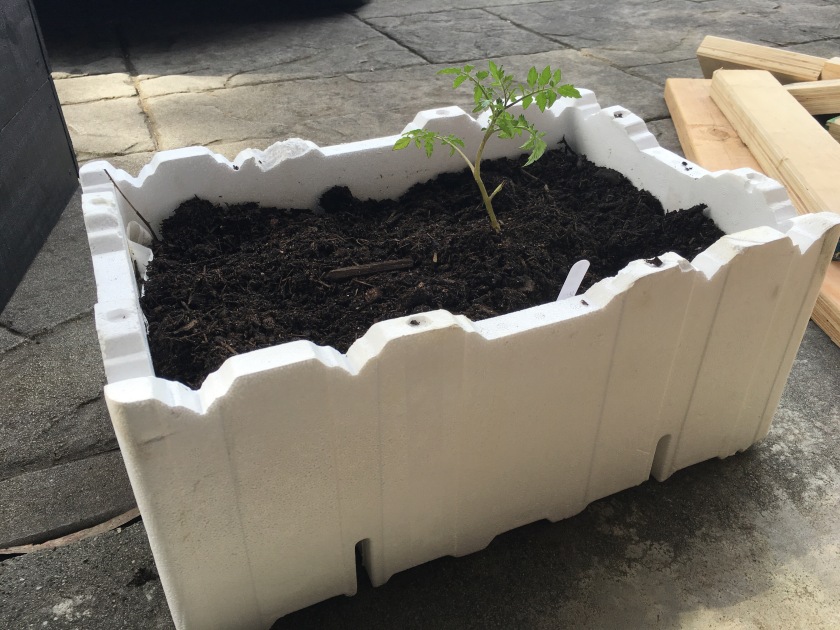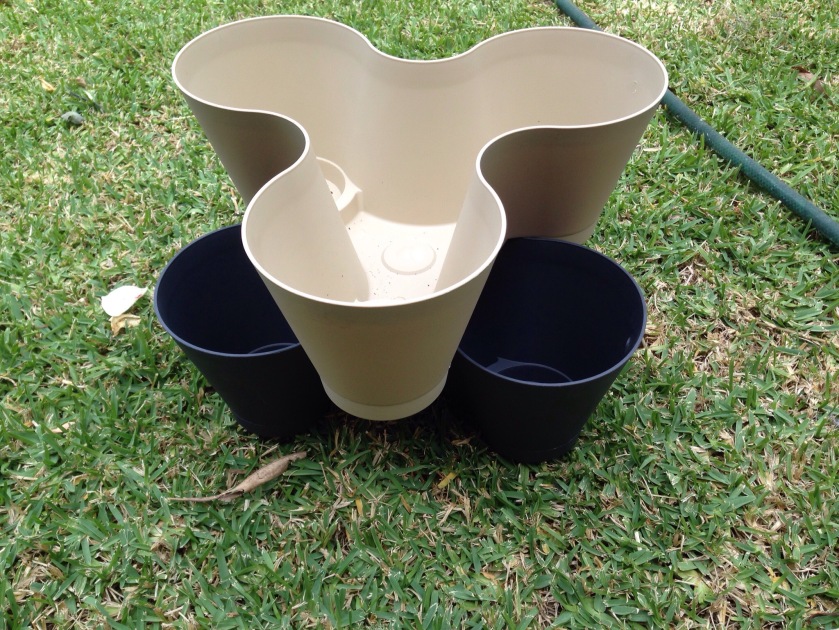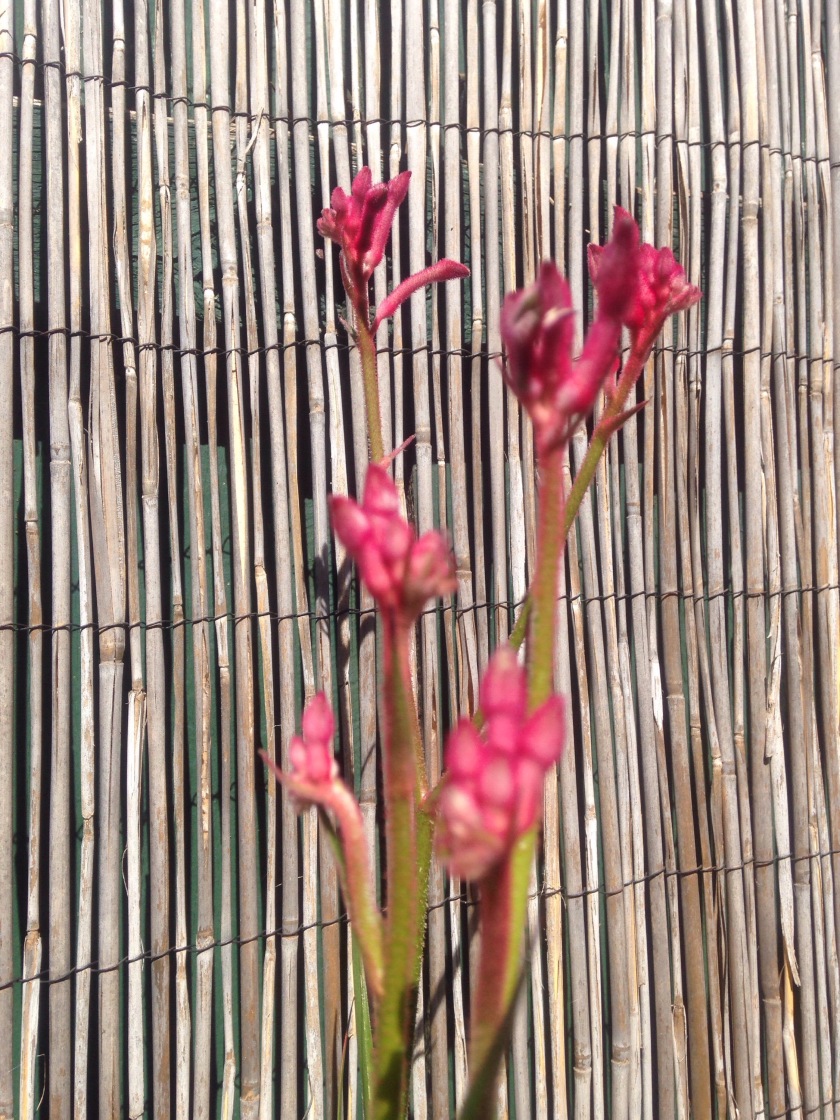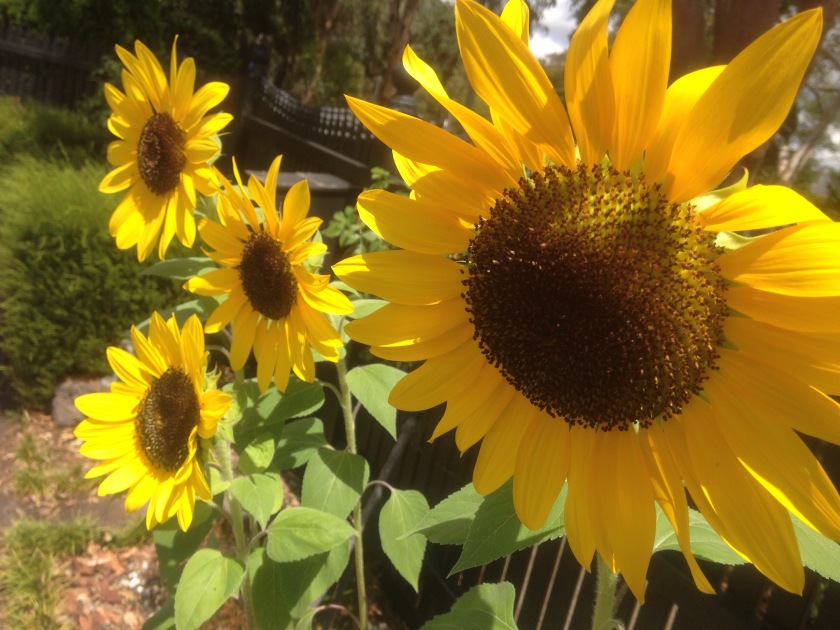A lot of garden recycling often looks used and recycled. A lot of art in the garden is from recycled products. It give the garden a talking point, or make the garden turn into a bit of fun. It may introduce a theme if the objects have a connection to each other.
Turning something old, and unusable for its initial purpose and turning it into something usable in the the garden is fun. While there is nothing wrong with this if that is the look you want, sometimes you want to recycle and hide the fact that it is made from something that has been recycled.
My planter box idea can be made almost totally from recycled materials. The only thing you may need to purchase is screws, but if you have some old unused ones (as I did) then you may not even have to buy that.
Being recycled also means it is cheap. But that doesn’t mean it has to be cheap looking.
Being recycled often means it sort of works, but that isn’t the case with these planter boxes either!
This blog I am going to show you how to make two different ones out of products you can easily get yourself. Or you can customise it to what you might have available or to fit your needs.
I started by using old fence paillings which you can easily get from a neighbor who is upgrading their fence. Usually the posts rot causing the fence to be replaced, leaving most of the paillings ok to be used. As they are usually old, most of the pain has usually warn off them, making them look great. I’ve made boxes from this wood and it looks far better than new wood. Keep your eye out for neighbours fences that are being re-done and unless you get in the way, they will usually always let you take some. The more you take the less they have to pay to throw away.
I then collected some foam boxes from my local fruit and vegetables shop. They will give you them if you ask for them. I also saw some old ice cream containers outside an ice cream shop. These are the ones that the shop serves from into ice cream cones. You might want to ask your local shop for some.

The foam boxes have drainage holes already, but the ice cream containers do not. Drill plenty of holes, as they can block up easily. You don’t want to plant your seeds into a swimming pool!

With the foam boxes, they can be large enough to let water out, as well as the soil. I have used fabric in the past from an old shirt or bag, but recently tried using plastic which did contain purchase dirt from the nursery. Just make sure the water can drain away.
The next step is to cut your fence paillings to size so they go around your containers. I put three ice cream containers together and for the other one I used one foam box. Make a little bit of space around the container so you box can be lifted off.

I put some blocks of wood lose in the bottom of my box to lift the containers up to the height I wanted. As you can see, I also painted it. While this is not necessary, it will help make the wood last longer and prevent rot as you water your planter box. It is up to you if you paint or not and what colour you select.

Next plant up you containers and place them inside your box. In my photo you can easily see the white container, but in time the plants should grow over it. The white container is lower than my box which also helps hide it.

My black ice cream containers look good inside my black box.
You can grow flowers, vegetables, herbs, or even cuttings in these boxes. You can even modify this design to include a glass cover to protect your plants from frost. But that’s not the best thing about this recycled planter boxes.
The other great benefit to this box.
When you get your containers, try to get at least twice as many as you need

This container is busy growing plants for my boxes which are on display out the front. When the plants in the boxes have had their season, or have outgrown the container, they can easily be moved from the box and replaced with the ones around the back so the boxes always look their best.

Not only is it made from recycled materials, it is practical and looks good. You wouldn’t know it was cheap to make.





































